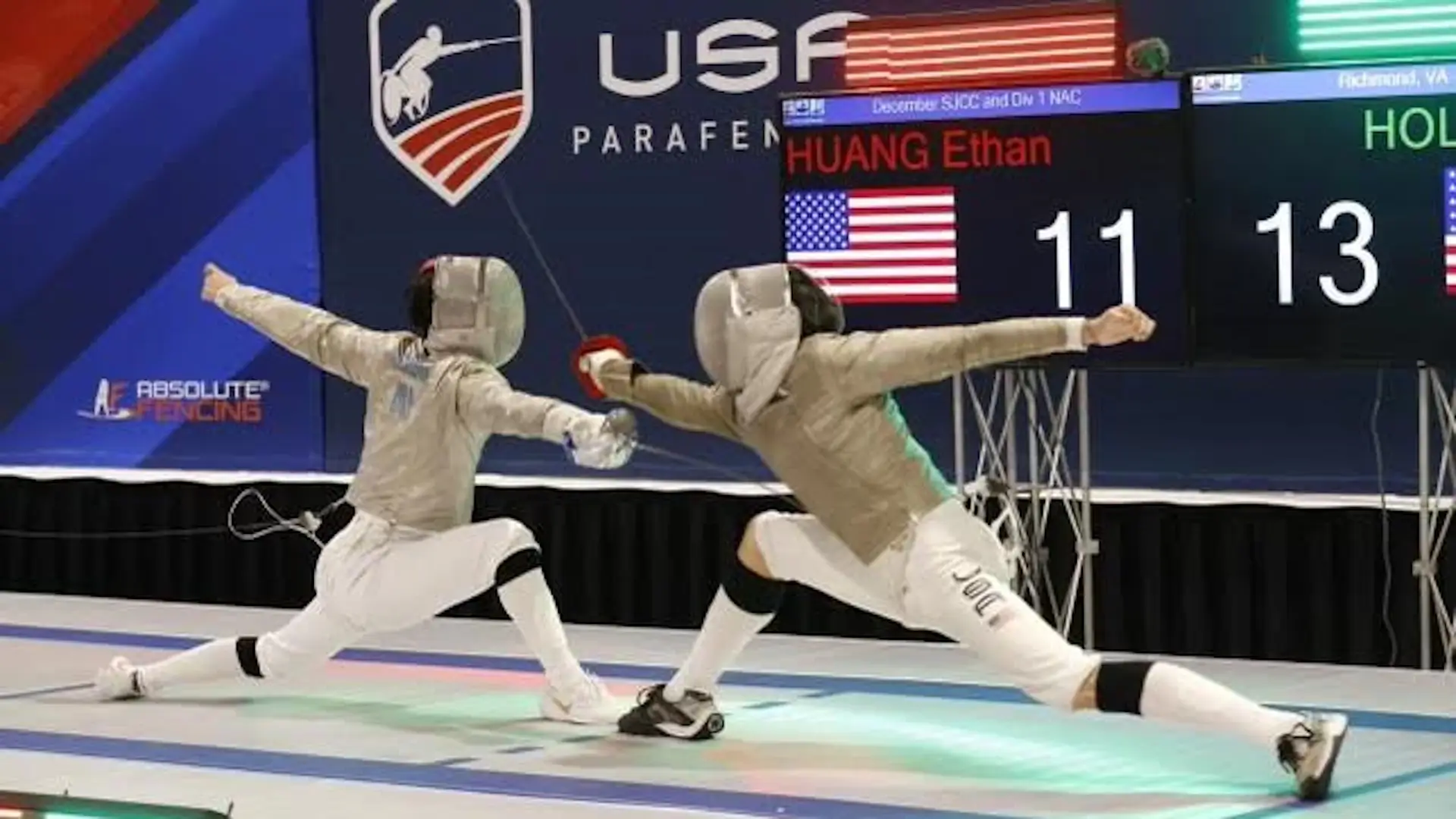
Fencing is a challenging and high-pressure sport, and as such, it will teach children valuable skills for handling stress. Fencers need to remain calm and focused under pressure, as their ability to anticipate and react correctly to their opponent’s moves can be the difference between winning and losing. By learning to handle the stress and pressure of competition, children can develop resilience and coping mechanisms that can help them deal with stress in other areas of their lives.
Fencing will also teach children how to strategize and make tactical changes. Fencing is a sport that requires athletes to think on their feet and adapt their strategy based on their opponent’s moves. Fencers need to be able to read their opponent’s actions and adjust their own tactics accordingly to gain an advantage. Through fencing, children can learn important skills such as critical thinking, problem-solving, and decision-making. They can also learn how to analyze their opponent’s weaknesses and strengths and use that knowledge to develop effective strategies.
And that’s not all…
Fencing is among the best sports for families who want to get their kids ahead of the game in the college admissions and the scholarship process. Fencing at the high school level provides an advantage in acceptance to the best colleges, nearly all of which have fencing programs with NCAA Division 1, 2, and 3 teams. College administrators know that in addition to physical attributes – speed and hand-eye coordination – most successful fencers are intelligent, creative, disciplined, and have excellent problem solving abilities.
The numbers from www.scholarshipstats.com are here to back it up: Compared to the average of all sports, fencing has a fantastic advantage. The overall percentage of high school students who go from competing in a sport in high school to playing in college is just 7.6% for boys and 7.9% for girls. Fencers come in at a whopping 29.6% for boys and 38.2% for girls!
In the two tables below (one for boys and one for girls) you will find stats including the percentage of kids that were accepted into the best colleges and universities who went on to compete in their high school sport at the collegiate level.
9 Sand Park Rd, Cedar Grove, NJ, 07009
© 2025 Lilov Fencing Academy